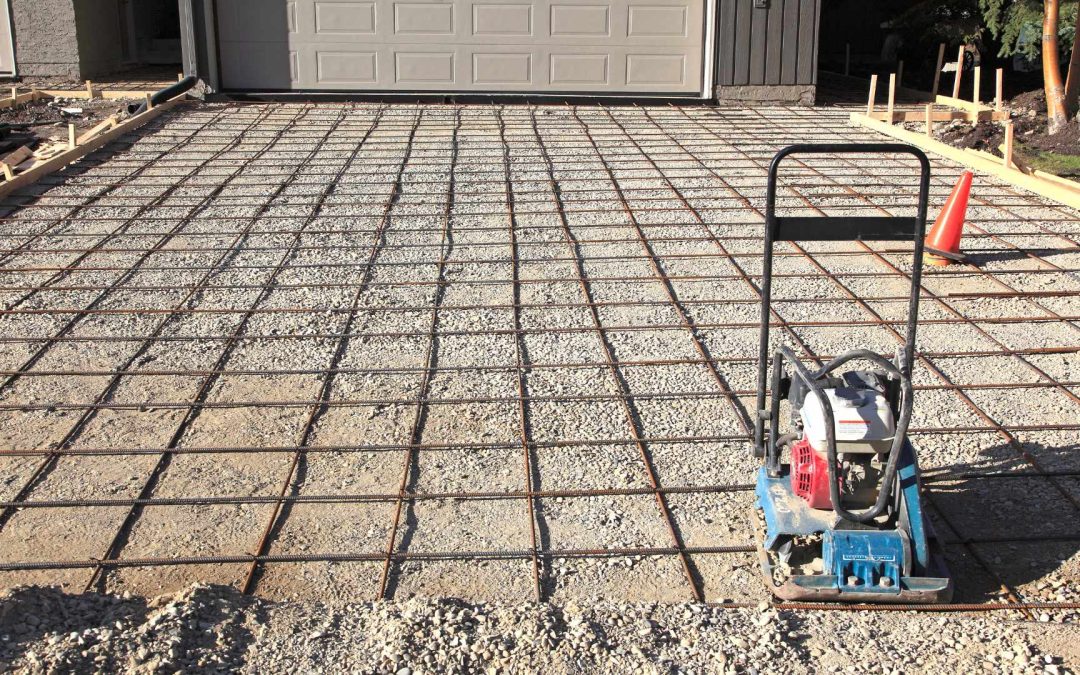Stamped concrete is a popular and eye-catching option for enhancing the aesthetic appeal of any outdoor or indoor space. It is a form of concrete that has been textured, patterned, and colored to resemble natural stone, brick, tile, or other materials. Created by pouring and pressing the desired amount of concrete into molds, it can be used for driveways, patios, decks, walkways, and more. The process of stamped concrete involves several steps starting with surface preparation.
Surface Preparation: The area where the stamped concrete will be placed must be well prepared before installation. This includes removing any existing vegetation or debris from the site and ensuring it is level and free from cracks or holes. After this step is complete, an acrylic bonding agent will be applied to ensure that the new concrete adheres appropriately to the existing surface when poured.
Formwork: Once the forms are installed, they must be filled with concrete to create a level surface ready for stamping and coloring. Generally speaking, contractors use a mixture of high-strength cement and sand or gravel depending on what kind of look is desired by the customer. The formwork should also be reinforced with steel beams if necessary.
Stamping: This usually takes place right after the formwork has been filled to give it artistic definition and strength. Before beginning this process, however, mixing colors are added to the wet cement depending on the color scheme desired by the customer. As soon as this part is finished, workers begin applying their stamps which come in many different shapes, such as bricks, stones, and even flagstones, to give it a more authentic look once completed.
Coloring: This step involves adding color sealant, which gives stamped concrete an added layer of protection against wear and tears due to weather exposure and fading caused by UV rays from sunlight over time. Several types of sealants are available, ranging from traditional acrylics to more modern epoxy coatings, depending on customers’ budgets and durability requirements.
Curing: Once all these steps have been completed, curing must take place so that all components are given enough time to dry thoroughly before being put under traffic stress and heavy usage once completed. Generally, contractors recommend waiting at least seven days before walking or driving over freshly laid down stamped concrete surfaces. However, it may vary depending on how thickly it was applied during installation.
Maintaining: Stamped should last 8-15 years without significant visual deterioration due to everyday wear and tear caused by people’s feet or vehicle tires. To keep them looking great, periodic cleaning and resealing every one to three years should do wonders when trying to preserve their attractive looks while extending their lifespan significantly.
Overall, installing stamped concrete can benefit those wishing to enhance their exterior spaces in terms of aesthetics while not breaking bank accounts. By following all these steps correctly, any homeowner can enjoy beautiful floors for many years if proper care maintenance techniques are followed throughout the life cycle.

